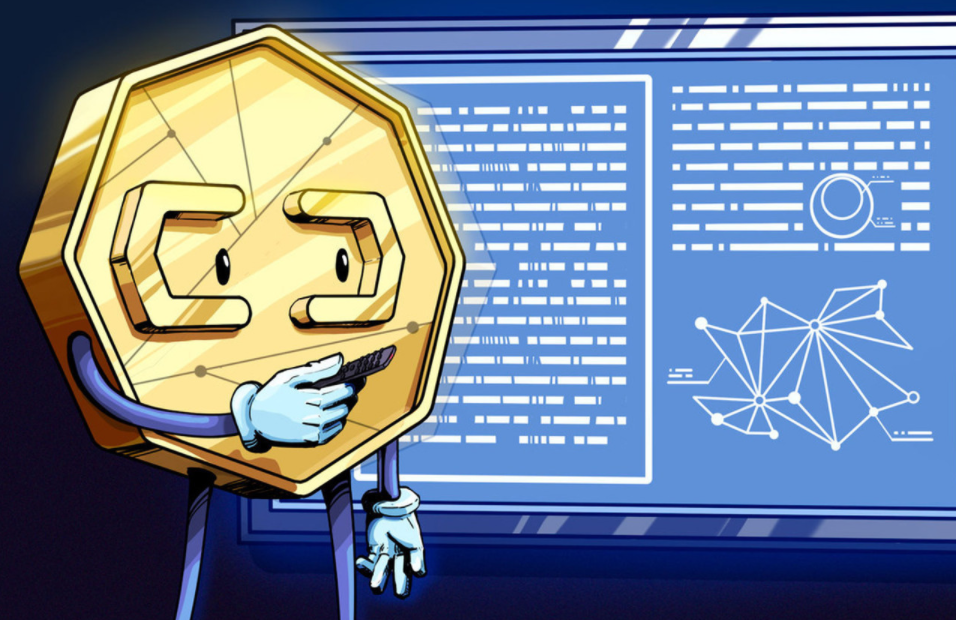
PayPal and Square Are Buying Every New Mined Bitcoin… And More
Decentralized finance (DeFi) is showing no signs of slowing down. Data from OKLink shows 7% of the Ethereum (ETH) supply is now locked in DeFi protocols.

On Ethereum-based applications, users have to pay transaction fees to process payments or smart contracts. The fee to miners is called “gas,” and when the network gets clogged due to overwhelming demand, gas costs surge.
As the percentage of the circulating supply of ETH continues to grow, it would likely fuel the demand for ETH. It indicates that the user activity of DeFi protocols is rapidly increasing despite the recent correction of ETH.
Capital locked in DeFi hits a new all-time high once again
On September 20, the total value locked (TVL) in DeFi protocols achieved a new record high at $9.6 billion.
In the past three days, the TVL of DeFi platforms rose from $7.66 billion to $9.77 billion, to an all-time high.

Anthony Sassano, the founder of Ethhub and the marketing manager at Set Protocol, said:
“There is now 7.9 million ETH powering the decentralized machines that live inside the economic nexus that is Ethereum. This is 7% of the circulating supply of ETH and is worth ~$3 billion.”
A side effect of the DeFi market’s exponential growth is the explosive increase in fees and Ethereum gas costs.
According to OKLink, the daily fees on the Ethereum blockchain network hover at $5.2 million. Out of the $5.2 million, the popular decentralized exchange Uniswap accounts for $1.4 million.
In comparison, the daily fees of Bitcoin stand at $508,000, less than half of the fees on Uniswap.
The rise in fees could cause the demand for ETH to increase over the medium term. Users have to pay the fees in ETH, regardless of the asset or smart contract the user is dealing with.
As an example, if a DeFi user sends Wrapped Bitcoin (wBTC) from a Ethereum wallet to a DeFi platform, the user still needs to pay the fees in ETH.
Since the gas costs are settled in ETH, a continuous rise in fees would naturally lead to the growing demand for ETH.
How would ETH deal with the issues surrounding fees and network congestion?
Although the spike in user activity and demand is beneficial for ETH, the Ethereum blockchain network is also overwhelmed.
In the longer term, a consistent state of network congestion could lead to an overall inefficient user experience.
But analysts say that the network effect of Ethereum is too strong for other blockchains to try compete against it. George Harrap, the creator of Bitspark, said:
“It’ll be interesting to watch when some more of these dead L1 appchains launch ETH defi clones and nobody turns up. The narrative has been ‘muh fees too high people will want to move to low fee chains.’ Reality is, they probably don’t. Network effects of ETH too strong.”
The only solution in the near future that could offset the demand for DeFi is ETH 2.0. For now, the timeline of its final launch remains uncertain.
For more info about Ethereum and Defi, you may refer to OKLink.
Originally article from u.today
Disclaimer: The Content is for informational purposes only, you should not construe any such information or other material as investment, financial, or other advice.

PayPal and Square Are Buying Every New Mined Bitcoin… And More

Fake Uniswap Apps on Google Play Store are Stealing Thousands of Dollars

Attack of the vampires: Uniswap loses 57% TVL as rivals up rewards
hot-news-en